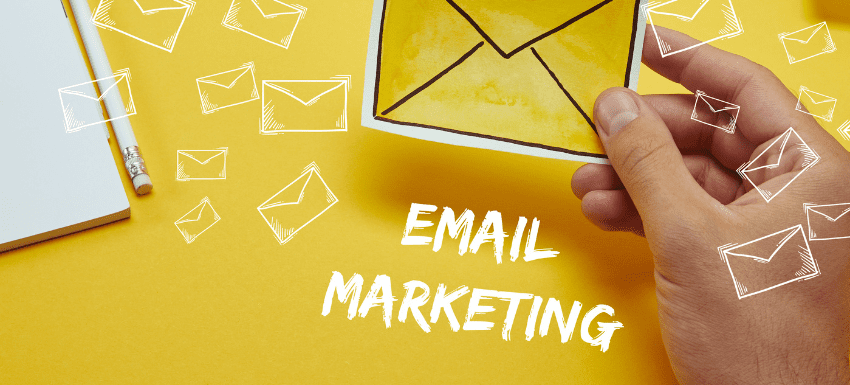Running successful email marketing campaigns is an art. It’s simple, yet only a few master this art form.
Emails still deliver the highest return on investment. It’s almost free or available at a minimal marketing expenditure price.
But some email hacks experienced marketers blend into their marketing checklist, transforming their campaigns into a money-making tool.
In this article, we’ll cover some of the most common yet best email marketing practices that will help you convert subscribers into customers.
Email Marketing Best Practices
Email marketing is an effective marketing strategy for promoting a business or product to a large audience. It’s one of the most affordable ways of digital marketing your services.
While there are no steadfast rules, there are some strategies and best practices that you can follow to make sure that your email marketing is successful.
The following strategies and tactics can help ensure your email marketing efforts are fruitful and successful.
Send Welcome Emails

Welcome emails are automated emails sent out to new subscribers. These people subscribe to your email list after purchasing or wish to hear from you. It’s the perfect time to impress your subscribers and set a friendly tone that gets you the desired attention for your brand.
Welcome emails are the simplest way to thank users for signing up for your email newsletters. And since they’ve signed up for your subscriptions, you cannot leave them hanging.
Going by the name, welcome emails work like ice-breakers and have high opening rates. A welcome email is not necessarily the first email a customer receives but an opportunity to build a long-lasting relationship with your product.
Use Double Opt-in Email Sign-up
Do you click on the confirm subscription emails when received in your inbox? These confirmation emails are double opt-in emails. They help verify if you’re interested in receiving emails or just subscribed accidentally.
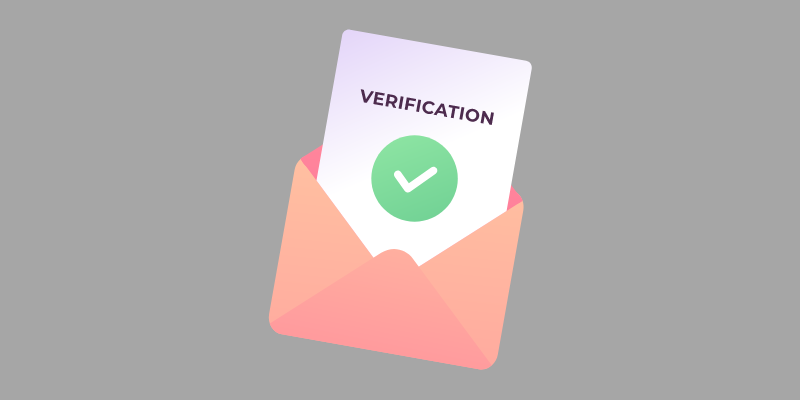
The double opt-in process involves a user signing up for email marketing, then confirming the subscription via a separate email or landing page. An additional confirmation consent reduces spam risks and increases user interest.
If you want to rapidly grow your email subscriber list, you may choose single opt-in sign-ups. However, this also opens up space for mistyped email addresses to fill up your email subscriber list. If this happens continuously, don’t get surprised by lower email conversion rates and poor deliverability.
Double opt-ins ensure the subscriber is interested in receiving emails and may convert into a customer. And therefore, the conversion rate is higher in the case of double opt-ins compared to single opt-ins.
Avoid Using a No-reply Email Address
A no-reply email address is an email address you set up in your domain, but a key difference is that it’s not capable of receiving messages. If a customer tries to reply through a no-reply email, they’ll see ‘failed to send’ a message.
These are one-way communication emails wherein a customer cannot send any replies to the emails received in their inboxes. These emails generally fill up inboxes leading to poor user experience and impacting customer relationships.
Users may block your no-reply emails or set a filter that automatically marks your email as spam. This negative deliverability is the reason why businesses should avoid sending no-reply emails.
Deliver Emails at the Right Time

Let’s admit it, even in today’s marketing trends; email marketing outperforms other marketing campaigns in ROI terms.
It’s a no-brainer marketing activity, and everyone has done it at some point. However, the results distinctly vary depending on the execution. It’s not only restricted to marketing grads; even seasoned marketers must correct mistakes in email marketing campaigns.
Let’s look at a typical email campaign flow:
If you ask any professional marketer, you’ll find they spend most of their time researching the email topic, writing an actionable email, brainstorming subject lines, and sending emails at any time.
And that’s a mistake.
Marketers should spend most of their time on Google Analytics to check their audiences’ most engaging hours. That’s how execution should be – backed by data and analyzed accurately.
Scheduling emails at the highest engaging time will drastically improve your email open metrics and conversion rates.
Use Compelling Subject Lines
Coming up with great subject lines is a job in itself. They’re similar to YouTube thumbnails. Nobody will open your emails if you can’t make them worth clicking with your subject lines.

Even if you’ve crafted the best email but the subject line doesn’t compel people to click it, your email gets buried in inboxes.
Some of the best practices are:
✅ Ask questions in the subject lines
✅ Keep subject lines short
✅ Make the text clickable
✅ Continuously A/B test subject lines
The last point is one of the most unutilized practices. A/B testing will provide deep insights into your email open rates, click-through rates, and data to analyze what works for your audience.
Write Engaging Email Copies
Creating emails is simple, and most of us can do it. But it’s hard to write an email copy that converts.
Writing conversion-optimized email copies sounds stressful to marketers without having a set of guiding checklists already in place.
Here are a few copywriting tips to follow:
- Focus more on the subject line
- Tell a story in your emails
- Write industry-relevant content
- Keep your messages direct
- Choose the correct words for your copy
- Set a reading tone
- Guide readers toward your call to action
If we summarize the copywriting part in a simple sentence, it will come down to one thing – write something that people want to read. It should be a personal, one-to-one conversation that’s short, concise, and highlights the benefits for the readers.
Don’t Buy Email Lists
Successful email strategies include growing an email list from scratch which requires a lot of patience and hard work. Purchasing email lists on google is just a credit card bill away, but they’re not worth it.
A majority of people don’t want to do business with companies buying email lists and sending them emails without consent. These paid email list members never opt-in to receiving emails from your business, which violates the General Data Protection Regulation (GDPR) act.
As a long-term business strategy, you should not be desperate and send emails using rented or purchased lists. It will impact your reputation, and your emails will end up in the spam folder.
A/B Test Your Email Campaigns
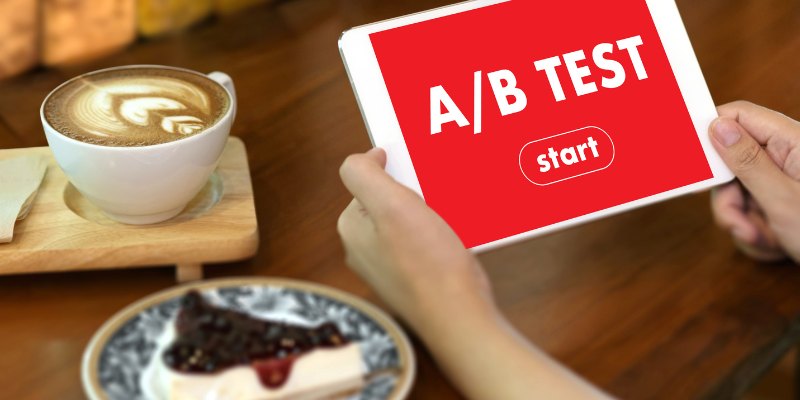
You can’t rely on the same type of messages and expect different results. Remember, the best email campaigns are a result of continuous testing.
Start A/B testing your campaigns by sending different versions of emails to the same targeted audience. Record the data and analyze it to see which campaign converts better.
Performing A/B testing for your email campaigns is easy. Many free email marketing tools offer features like A/B testing, email optimization, and a data analysis dashboard to analyze your tracked data.
Optimize the Preview Test
Email preview tests help you check the appearance of your emails on different devices. On average, every person checks their email inbox a few times a day therefore it’s a good practice to test emails before sending them.
There is a good chance that emails look clean on your device but lack basic hygiene on other systems, tablets, and popularly used smartphones. You will lose credibility if your emails are always problematic or your recipients cannot see them, and you will also expect your email is not performing as you expected.
A few email marketing tools that can help you with the preview tests are Hubspot, SendX, Litmus, GetResponse, Email on Acid, and many more.
Include CTAs
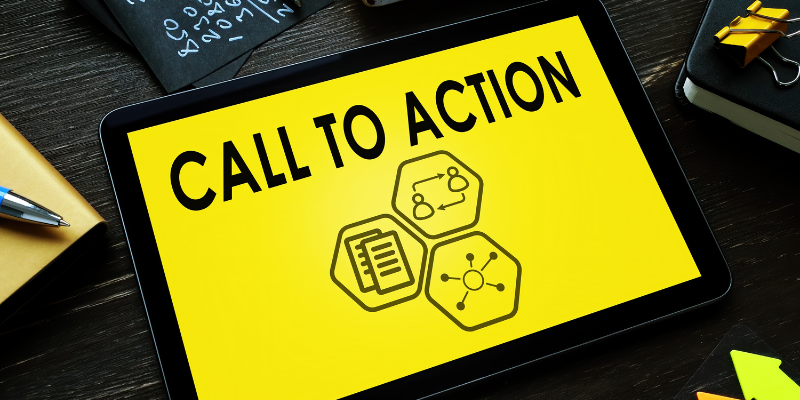
CTA buttons encourage users to take certain actions after reading your emails. It’s necessary because customers need someone to direct them in the right direction.
One of the most common CTA practices is directing users to a pricing page if your company sells any product or service. Another common action is to get eyeballs on a recently added feature or recently published content.
Here are some of the things you can use a CTA for:
- Asking customers to follow your social media profiles
- Subscribing to your product’s free trials
- Taking advantage of your discount offers
- Completing pending actions on your website
and many more.
Link Your Emails to Landing Pages
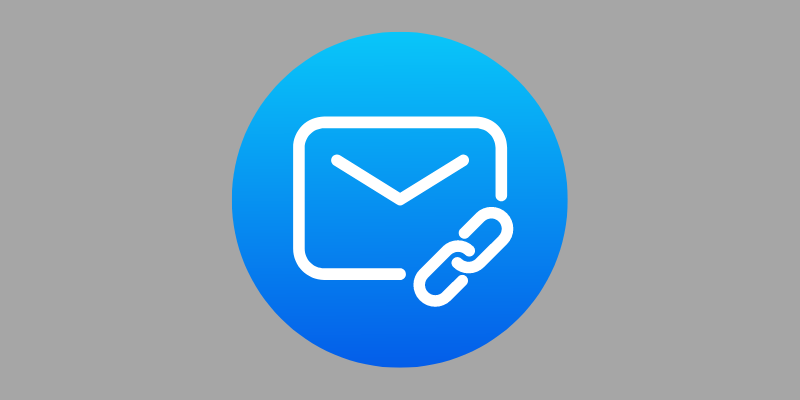
Email campaigns and landing pages go hand in hand.
Before making a sale, you need to nurture users. The process starts when they land on your website for the first time. Users should feel valued when they read the content on your website pages.
Once you win their trust, they’ll share their email addresses for the value they’ll get from your products or services. That’s why landing pages are a perfect fit for getting users to sign up for your newsletter, register for webinars, and get them to click on your call to action.
Optimize for Mobile
While a large number of people check emails on desktops, the number of mobile users is increasing day by day. This trend shift enforces you to make your emails responsive so they look good on all devices.
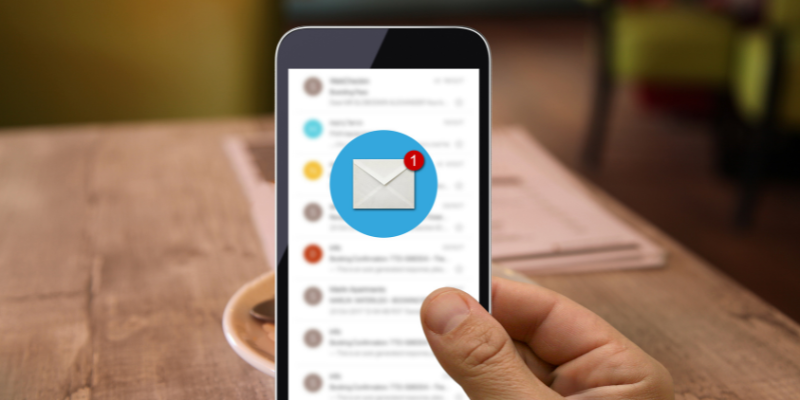
Many email marketing tools provide options to preview the responsiveness of the messages. Besides, here are a few things you should follow to ensure your emails are optimized for mobile phones.
1. Use small-size images so they load faster.
2. Leave plenty of space around buttons.
3. Keep the content short and precise.
4. Center-align CTAs like buttons and links.
5. Test emails on plenty of mobile devices before sending them out.
Use Audience Segmentation
Even if you have a long email subscriber list, the true potential can be achieved after catering to the targeted audience with your content, news, offers, and discounts that’ll add value.
Often, marketers use the same email for all subscribers and set high expectations. In order to optimize your email conversions, you need to segment your audience based on their likes and previous purchases.
For segmenting your audience, you can send survey forms and based on their answers, you can easily identify what kind of content they’ll be interested in.
Clean Non-active Email Addresses From Your List
Email cleaning or email scrubbing is a process of regularly cleaning your email list and removing unengaged subscribers. It ensures more effective interactions with subscribers to whom you can market your product.
Cleaning your email subscribers list has many benefits. For example, it helps you improve the engagement rate and email open rate and build better relations with customers. Since these are interested subscribers, it automatically boosts the conversion rates and reduces unsubscription rates.
In order to remove uninterested subscribers, you can use a double opt-in process, removing bounced email addresses, adding an unsubscribe button, removing duplicate emails, and so on. Running a subscriber feedback poll is also a good idea to remove the guesswork and ask subscribers if they want to receive your emails.

Marketers treat email marketing as the opposite of social media. If you’ve two different teams handling these marketing channels, they’ll spend more time doing the same things.
For example, different marketing teams create social media calendars and email marketing calendars. Instead, you can have an integrated social media and email campaign calendar that complements each other. Let’s say engaging with customers on social media during holidays and weekends when no one checks their emails.
You may even try to promote your company’s social media profiles through email and encourage people to subscribe to emails from social networking sites.
Provide an Easy Unsubscribing Option
Although we know everybody hates losing their subscribers and doesn’t wish to add an unsubscribe button if they had a choice. However, anti-spam legislation mandates that every email include an unsubscribe link.
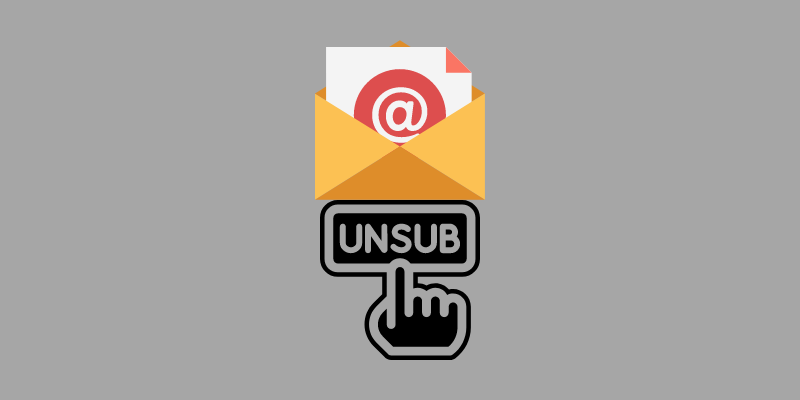
Adding an unsubscribe button to your emails is more beneficial rather than the popular belief of skipping it. If you don’t add an unsubscribe button, your customers might mark you as spam out of frustration. It’s better to land in the inbox than directly go to the spam folder.
In fact, adding an unsubscribe link provides insights about user interaction. For example, it tells you exactly what type of messages your recipients dislike and do not wish to receive similar emails. Having this feedback informs you how to adjust your strategy so that it best meets the needs of your audience.
Wrapping Up
So in this article, we’ve briefly discussed some of the best practices you should implement for converting subscribers in sales.
Trying these tricks and tips will help you go a long way and make your email marketing campaigns successful.
Want to explore more about email marketing topics? Check out our detailed guide on email marketing personalization that will help you get higher click-through rates.
Si quiere puede hacernos una donación por el trabajo que hacemos, lo apreciaremos mucho.
Direcciones de Billetera:
- BTC: 14xsuQRtT3Abek4zgDWZxJXs9VRdwxyPUS
- USDT: TQmV9FyrcpeaZMro3M1yeEHnNjv7xKZDNe
- BNB: 0x2fdb9034507b6d505d351a6f59d877040d0edb0f
- DOGE: D5SZesmFQGYVkE5trYYLF8hNPBgXgYcmrx
También puede seguirnos en nuestras Redes sociales para mantenerse al tanto de los últimos post de la web:
- Telegram
Disclaimer: En Cryptoshitcompra.com no nos hacemos responsables de ninguna inversión de ningún visitante, nosotros simplemente damos información sobre Tokens, juegos NFT y criptomonedas, no recomendamos inversiones

